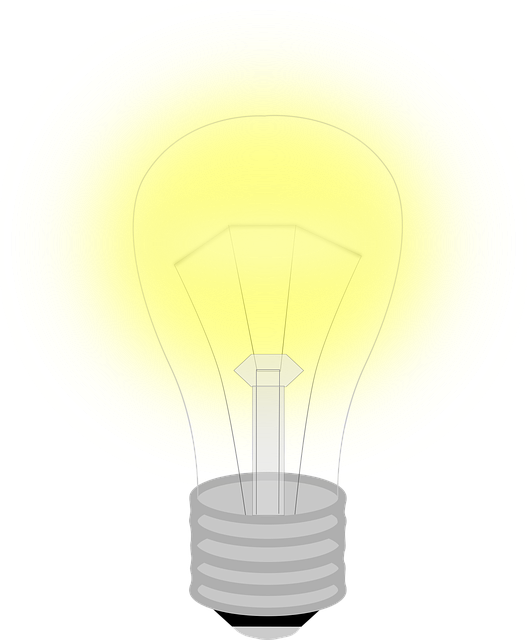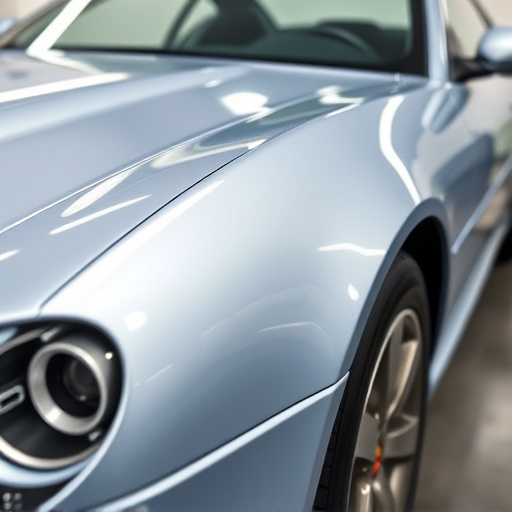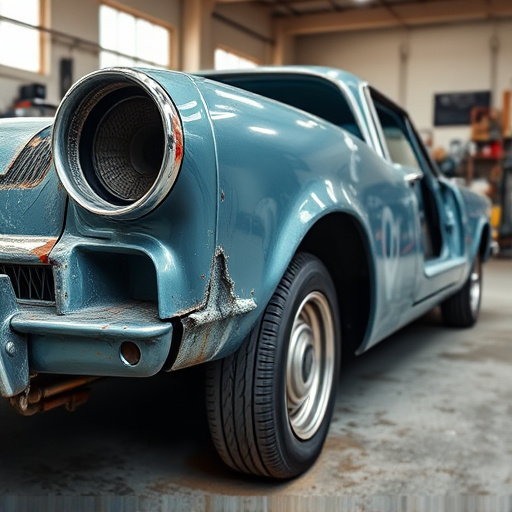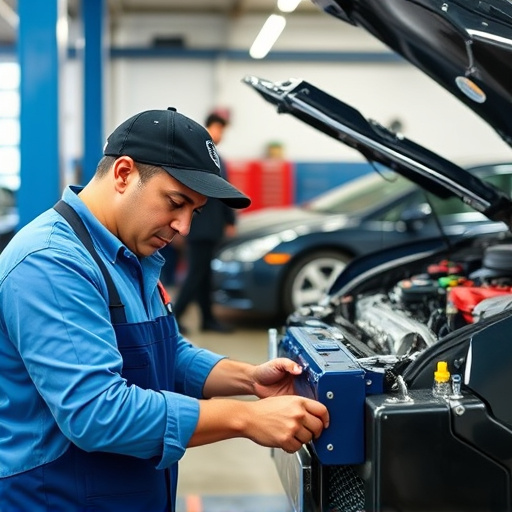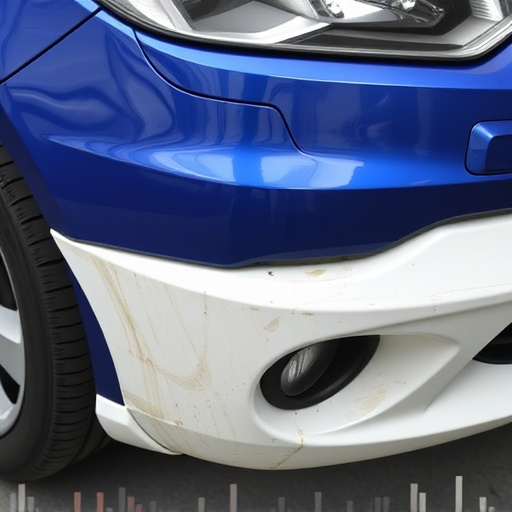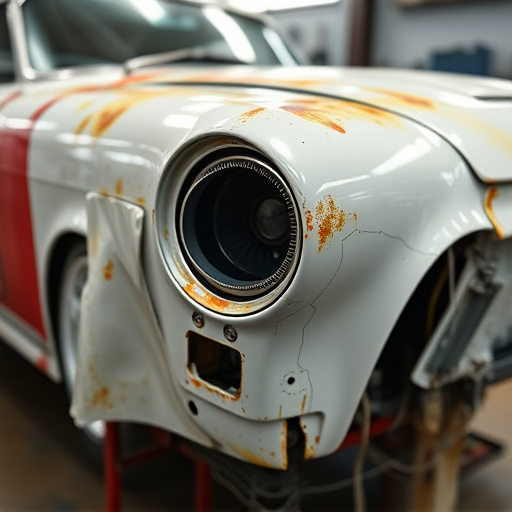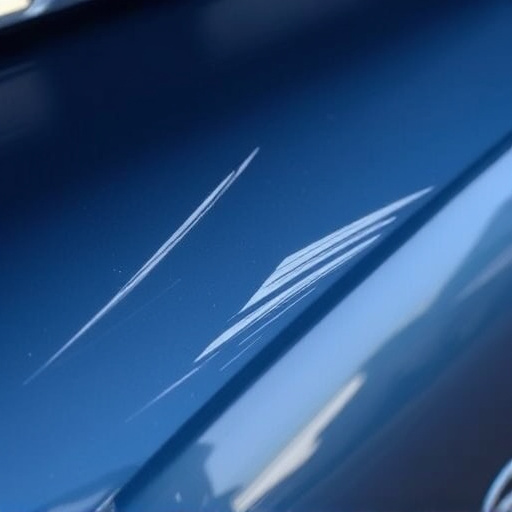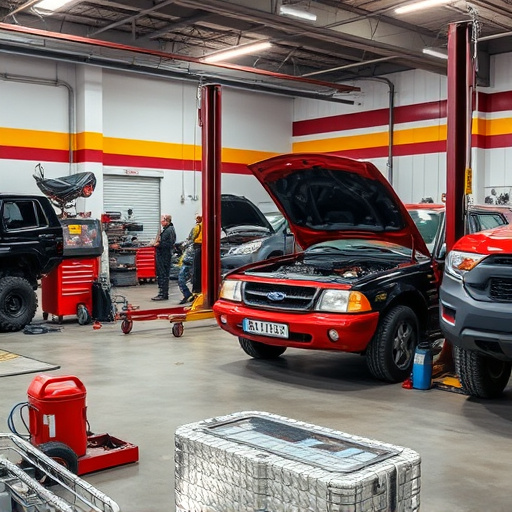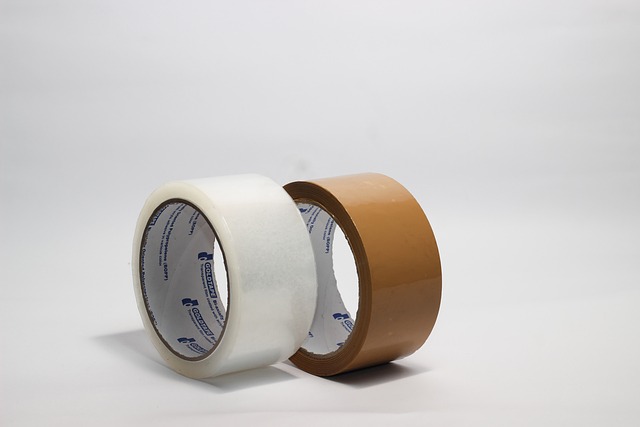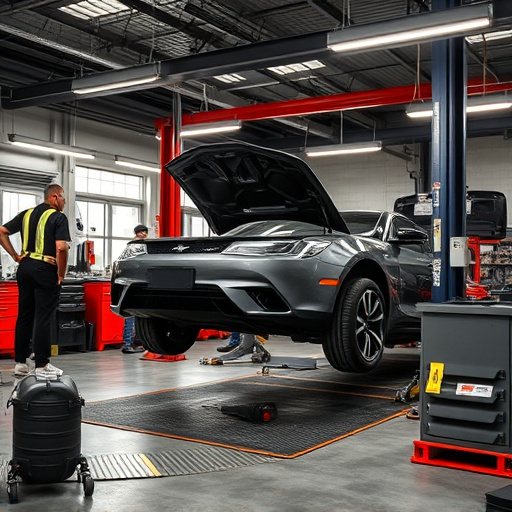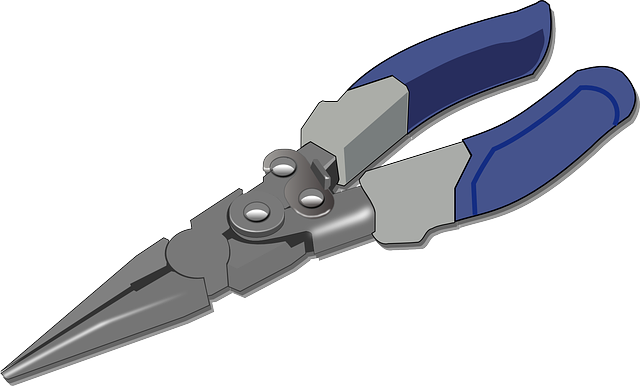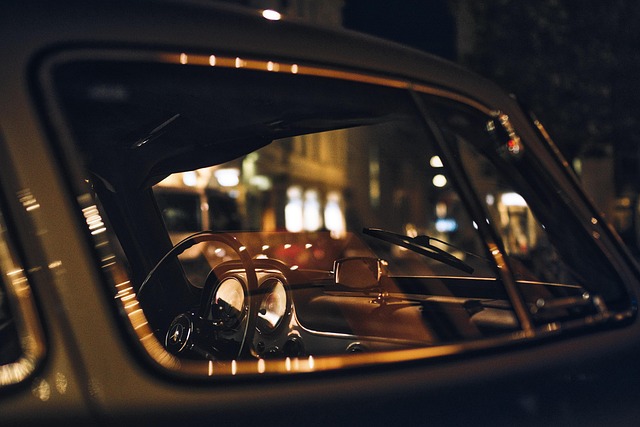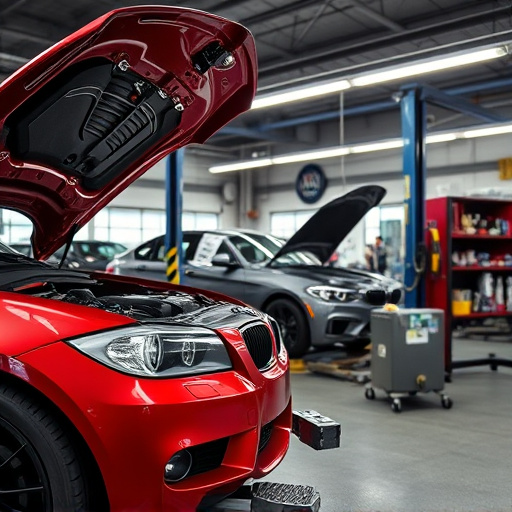Mastering vehicle color matching requires understanding color theory and utilizing advanced tools like scanners and software. Professionals analyze original paint using specialized equipment, ensuring new applications match hue, gloss, and finish for flawless, durable repairs. This involves precise mixing, considering make/model specifics, and addressing variations due to manufacturing tolerances and environmental conditions.
Unleash the power of precision with an exploration of the art and science behind vehicle color matching. From the vibrant hues of a car’s exterior to the intricate details of its finish, achieving flawless alignment is paramount. This article delves into the fundamentals of color theory as it applies to vehicles, dissects the step-by-step processes involved in matching colors accurately, and offers solutions for common challenges that arise during the pursuit of perfect harmony. Discover the secrets behind achieving seamless vehicle color matching.
- Understanding Color Theory for Vehicle Matching
- The Process of Vehicle Color Matching Techniques
- Common Challenges and Solutions in Color Alignment
Understanding Color Theory for Vehicle Matching
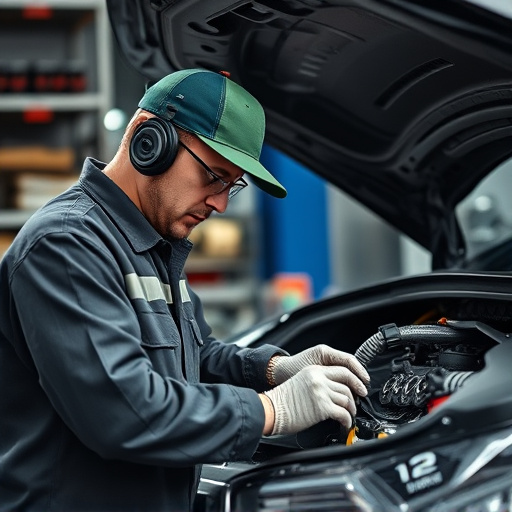
Understanding Color theory is a cornerstone when achieving precise vehicle color matching. This involves grasping how colors interact—their hues, tones, and shades—and how they relate to one another on the color wheel. For instance, complementary colors, like blue and orange, create vibrant contrast when combined, while analogous colors, such as red, yellow, and green, offer a harmonious blend. Knowing these dynamics allows auto body repair specialists to select precise match paints for repairs, whether it’s for a minor dent repair or more extensive car dent removal.
Vehicle color matching isn’t merely about mixing pigments; it requires an eye for detail and a deep understanding of light’s interaction with surfaces. This is where experience in auto repair services becomes invaluable. Professionals use specialized tools to analyze the vehicle’s original paint, ensuring that any new application not only matches the hue but also replicates the gloss and finish, ultimately delivering a flawless and lasting result.
The Process of Vehicle Color Matching Techniques
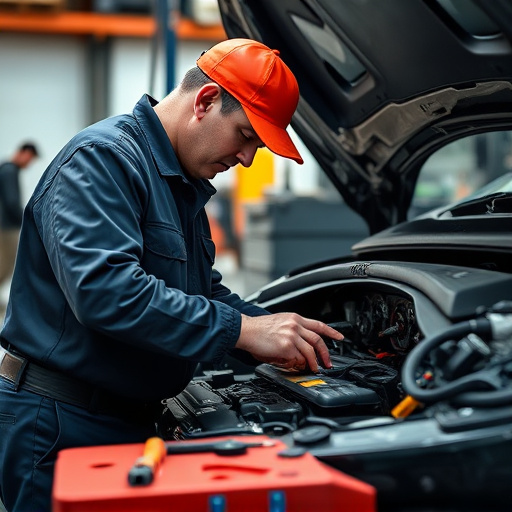
The process of vehicle color matching involves a meticulous blend of art and science. It starts with understanding the complex chemistry behind pigments and their interactions. Vehicle color matching techniques require skilled technicians to precisely measure and mix paints to achieve an exact match with the original factory finish. This includes analyzing the unique color codes and specifications for each make and model, ensuring the reproduction of a vehicle’s distinct hue.
In a car body shop or auto repair shop, dent repair might be a common service, but color matching is a specialized skill. Technicians use advanced equipment like spectrometers to scan and capture the color data of the damaged area. This digital information is then fed into specialized software that mimics the mixing process virtually, helping to perfect the match. The final step involves applying the matched paint, often with a clear coat for protection, ensuring not just visual similarity but also durability and long-lasting quality.
Common Challenges and Solutions in Color Alignment
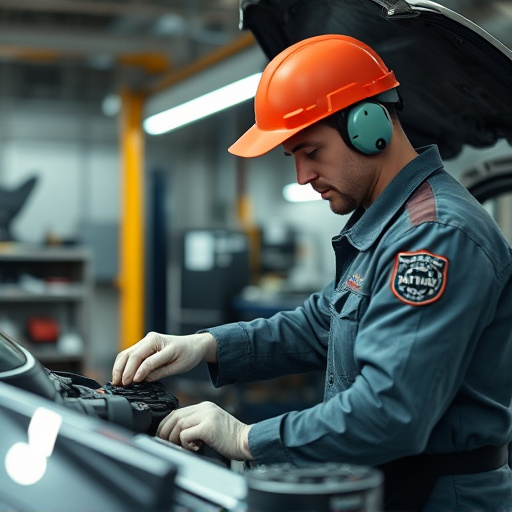
Achieving precise vehicle color matching is a meticulous art that presents several challenges for automotive professionals. One of the primary difficulties lies in the vast array of colors available, each with unique specifications and variations. This complexity demands a deep understanding of color theory and an extensive color library to accurately match even the subtlest nuances.
Furthermore, factors like manufacturing tolerances, paint aging, and environmental conditions can impact color consistency. To overcome these obstacles, specialized equipment such as color scanners and advanced software are employed. These tools capture precise color data, enabling technicians to compare and match colors with incredible accuracy. Additionally, experienced technicians employ techniques like custom mixing and layering to replicate rare or discontinued colors, ensuring that every vehicle receives the most fitting and authentic color restoration, be it for car paint repair due to hail damage or any other cosmetic enhancement.
Vehicle color matching is an art that combines scientific principles with meticulous techniques. By understanding color theory, adopting advanced matching processes, and addressing common challenges, professionals can ensure precise and harmonious color outcomes for vehicles. This intricate process not only enhances aesthetics but also contributes to the overall quality and satisfaction of automotive repairs and customizations, making it a vital aspect of the industry.

